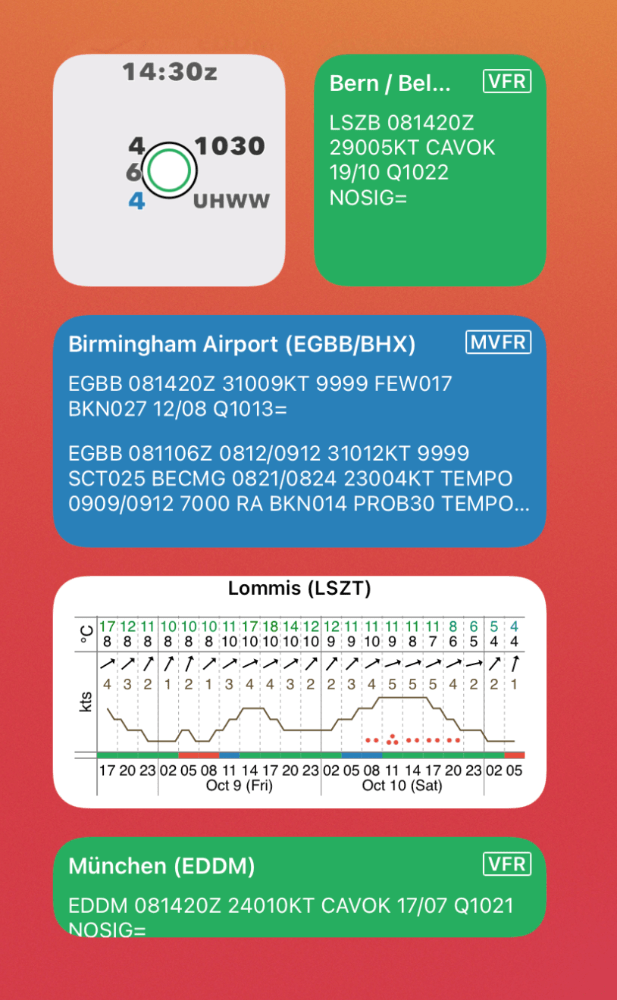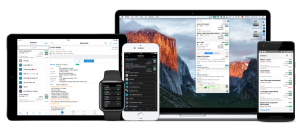


aegypti is established across northeastern Queensland, Australia, well inside theoretical and modeled temperature limits for dengue transmission, there is potential for dengue outbreaks in this region. 19 Viremic travelers from dengue-endemic regions, especially Southeast Asia, are the source of frequent introductions. 5, 16 – 18ĭengue is not endemic to Australia in far northern Queensland, the only area where dengue occurs, transmission is greatly reduced or absent during the dry season. The potential impact of climate change on dengue has been extensively explored and estimated via scenario-based modeling, with prediction of expansion in the geographic distribution of dengue under climate change scenarios. 4, 5 Correlations have been found between weather and climate variability and dengue incidence, including distinct seasonal variability, 6 El Niño Southern Oscillation index variability, 7 – 11 and monthly 12 – 14 and weekly 15 weather variability. 2 Climate influences dengue transmission through impacts on the vector (e.g., growth and development, availability of habitat, survivorship) 3 and impacts on the virus (e.g., length of extrinsic incubation period, ). 1 The four dengue viruses are transmitted to humans by the bite of infected female Aedes ( Stegomyia) mosquitoes, of which Aedes aegypti is the predominant vector. 1 Clinical manifestations range from a nonspecific viral syndrome to severe and life-threatening dengue hemorrhagic fever and dengue shock syndrome. Dengue is a cosmotropical mosquito-borne virus, affecting 50–100 million persons annually, and approximately 40% of the world's population live in dengue-endemic regions.


 0 kommentar(er)
0 kommentar(er)
